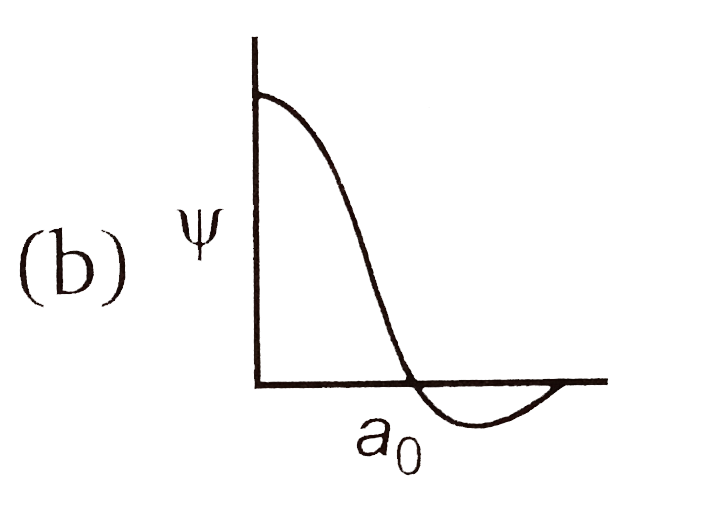Which of the following corresponds to the properties of a cell?
The cell is the smallest living unit of life.
It is so small that it is not visible to the naked eye.
The shape of the cell varies in different organisms and within an organism.
All
Step-by-Step Solution:
1. Understanding the Question: The question asks about the properties of a cell. We need to identify which statements correspond to these properties.
2. Identifying the Properties of Cells:
- Smallest Living Unit: A cell is considered the smallest unit of life. This is a fundamental property of cells.
- Microscopic Nature: Cells are so small that they cannot be seen with the naked eye; they require a microscope for observation.
- Varied Shapes: The shape of cells can vary significantly among different organisms and even within the same organism. For example, red blood cells (RBCs), muscle cells, and nerve cells have distinct shapes that suit their functions.
3. Evaluating the Statements:
- Statement 1: "Cell is the smallest living unit of life." - True.
- Statement 2: "Cells are not visible to the naked eye." - True.
- Statement 3: "The shape of the cell varies in different organisms and within an organism." - True.
4. Conclusion: Since all the statements about the properties of cells are true, the answer is "All of the above."
Final Answer:
All of the above.
---
- Smallest Living Unit: A cell is considered the smallest unit of life. This is a fundamental property of cells.
- Microscopic Nature: Cells are so small that they cannot be seen with the naked eye; they require a microscope for observation.
- Varied Shapes: The shape of cells can vary significantly among different organisms and even within the same organism. For example, red blood cells (RBCs), muscle cells, and nerve cells have distinct shapes that suit their functions.
- Statement 1: "Cell is the smallest living unit of life." - True.
- Statement 2: "Cells are not visible to the naked eye." - True.
- Statement 3: "The shape of the cell varies in different organisms and within an organism." - True.
All of the above.
Topper's Solved these Questions
- BASIC BIOLOGYBOOK - BETOPPERSCHAPTER - BASIC BIOLOGYEXERCISE - Conceptive Worksheet
32 Videos
- BASIC BIOLOGYBOOK - BETOPPERSCHAPTER - BASIC BIOLOGYEXERCISE - Summative Worksheet (Multiple Choice Questions-Tick mark the correct choice)
18 Videos
- DIGESTIONBOOK - BETOPPERSCHAPTER - DIGESTIONEXERCISE - SUMMATIVE WORKSHEET
3 Videos
Similar Questions
Knowledge Check
Which of the following corresponds to one node ?
A B
B C
C D
D
Which of the following corresponds to mutagens
AChemicals and radiations which cause changes in the genetic material of a cellBVarious archaebacteria that produce methaneCChemicals which react with ozone molecules and destroy themDRNA molecules that infect plant cells and cause diseasesWhich of the following properties are the properties of metal?
AThey are sonorousBThey are in general poor conductor of heat and electricityCThey are malleable and ductileDThey are hard
Which of the following is the intensive property?
View SolutionWhich of the following is the intensive property?
View SolutionWhich of the following is not the property of nitrogen?
View SolutionWhich of the following is/are extensive properties?
View SolutionWhich of the following is not the property of the photons ?
View Solution
